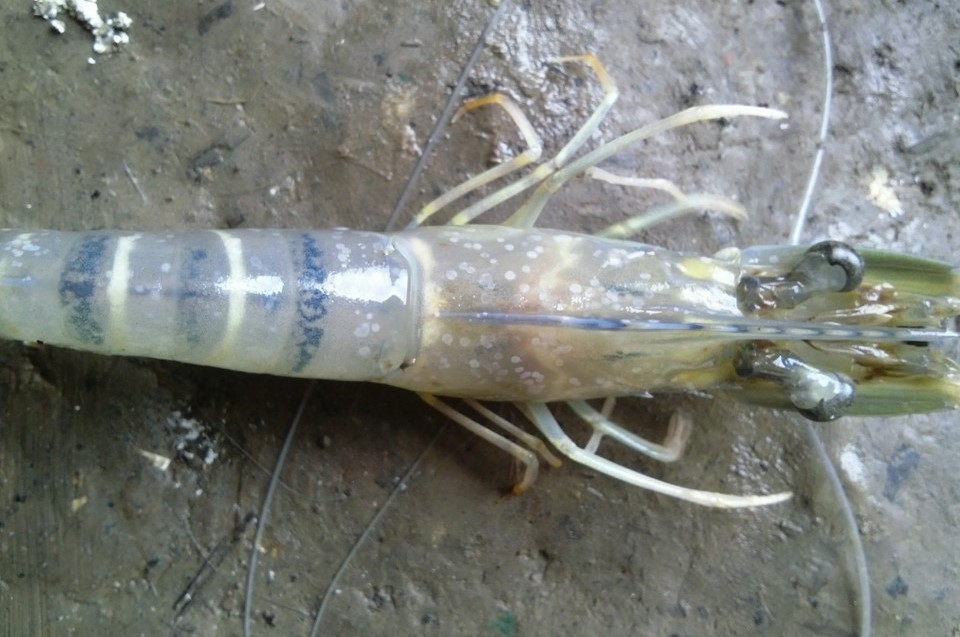
The shrimp whitespot virus had probably been nipping away at farmed shrimp production in Asia for over a decade, but it was not until it achieved a critical mass in Taiwan in 1988 that it began killing significant numbers of shrimp.
At the time, Taiwan was one of the leading shrimp farming countries in the world, but when whitespot hit, it fell off the shrimp-farming map. After the Taiwan epidemic, whitespot jumped borders and crossed oceans to affect shrimp farms worldwide. In 1992, Thailand faced a devastating loss to whitespot, and in 1993 China’s production plummeted from 207,000 metric tons the previous year to 88,000 tons, resulting in the first worldwide decline in shrimp production, market shortages and record prices.
Then, in early 1999, whitespot crossed the Pacific Ocean to Central America and subsequently to Ecuador, Brazil, Mexico and the United States. The most likely mode of transmission was processing plant wastes containing infective viral material from frozen Asian shrimp processed in the Americas. No country, however, has ever definitively identified the source of its whitespot epidemic. Theories include transmission by birds, bait shrimp, wild shrimp, shipments of raw and frozen shrimp, trade in shrimp broodstock and postlarvae, shrimp feed, weather and currents—and even the ballast water in ships.
Whitespot slowed the growth of shrimp farming worldwide for nearly a decade, caused multi-billion dollar losses and eventually spread to every major shrimp-farming country in the world—except Australia, probably because of the Australian Quarantine and Inspection Service’s strict import restrictions on raw and cooked shrimp.
In April 2010, Biosecurity Australia beefed up its quarantine rules in a bid to mitigate the risk of importing whitespot and other shrimp diseases. The new rules included mandatory testing samples of imports sourced from parts of the world that had whitespot and other shrimp diseases that Australia did not have. A ban was also imposed on imported uncooked shrimp being used for bait.
On September 3, 2010, however, a few months after the new rules took effect, the Biosecurity Services Group mistakenly released an infected 20-metric-ton shrimp shipment from Malaysia. They were released despite having tested positive results for whitespot—something that was only discovered about three weeks later. A subsequent review found there was an extremely low likelihood that infected shrimp would end up in so-called “high-risk pathways” and cause a whitespot outbreak. It said that most of the consignment would likely end up on dinner plates, and that it was unlikely to be use as bait. Some of those shrimp, however, were fed to broodstock at a hatchery in Darwin, setting off what was until this month Australia’s closest encounter with whitespot. The shrimp had been imported for human consumption, but were deemed to be of poor quality, so they were repackaged with their labeling removed and resold on the bait market. When it emerged that the infected consignment had been fed to broodstock at the Darwin hatchery, it sparked a national emergency response by biosecurity officials. All of the exposed broodstock were destroyed, but whitespot was detected in mud crabs near the hatchery’s outlet channel. But luck was on Australia’s side. In June 2000, 12 shrimp farms were checked for whitespot and none of them were positive. A survey showed whitespot was not present in Australia.
Source: Shrimpnews.com



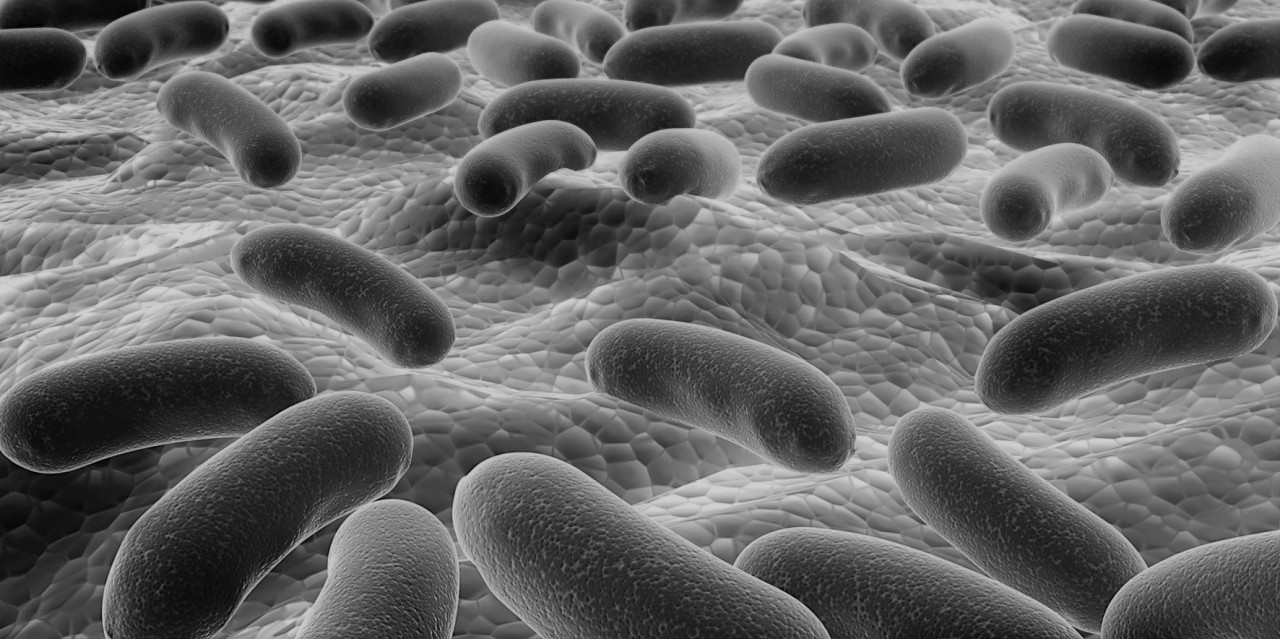

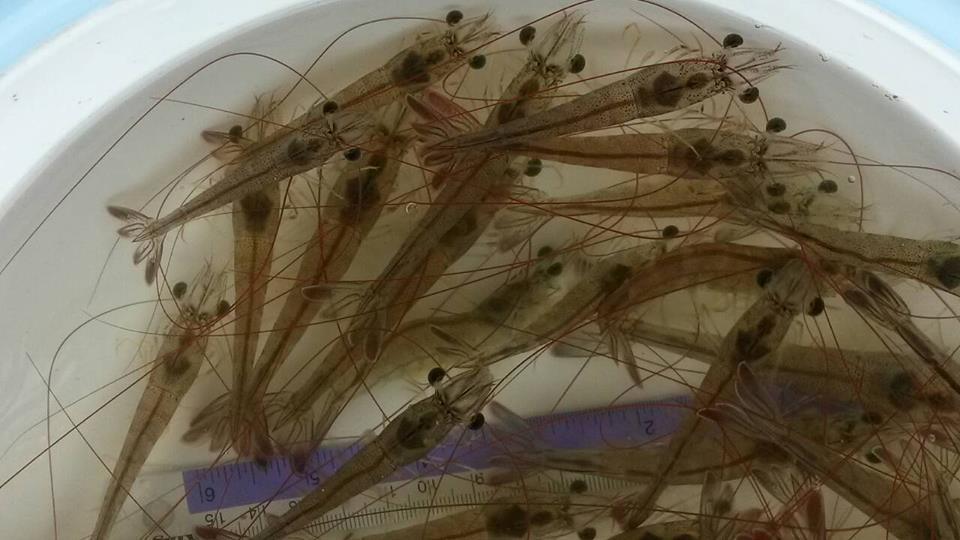
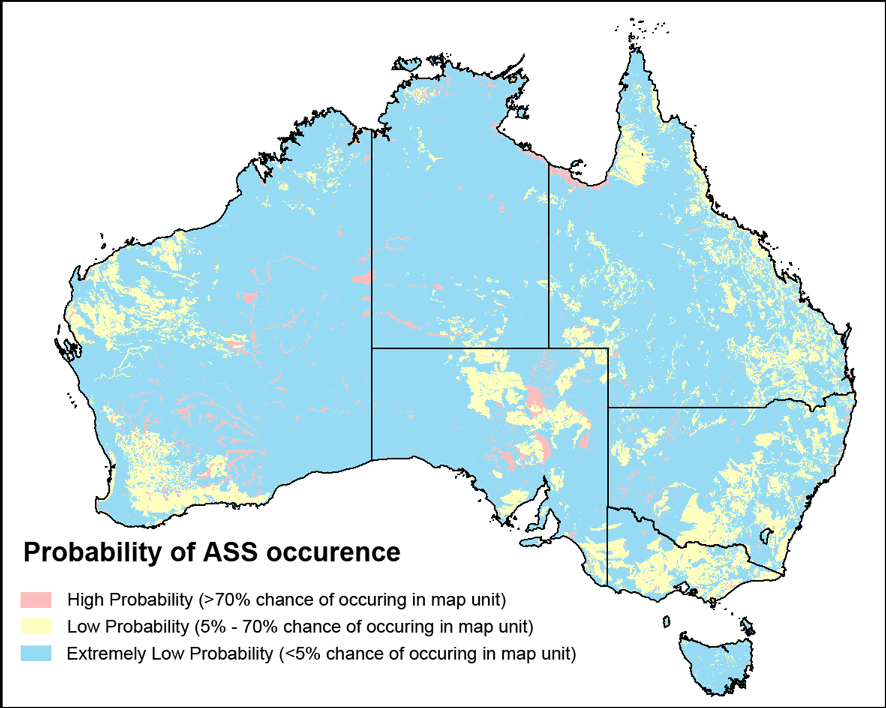




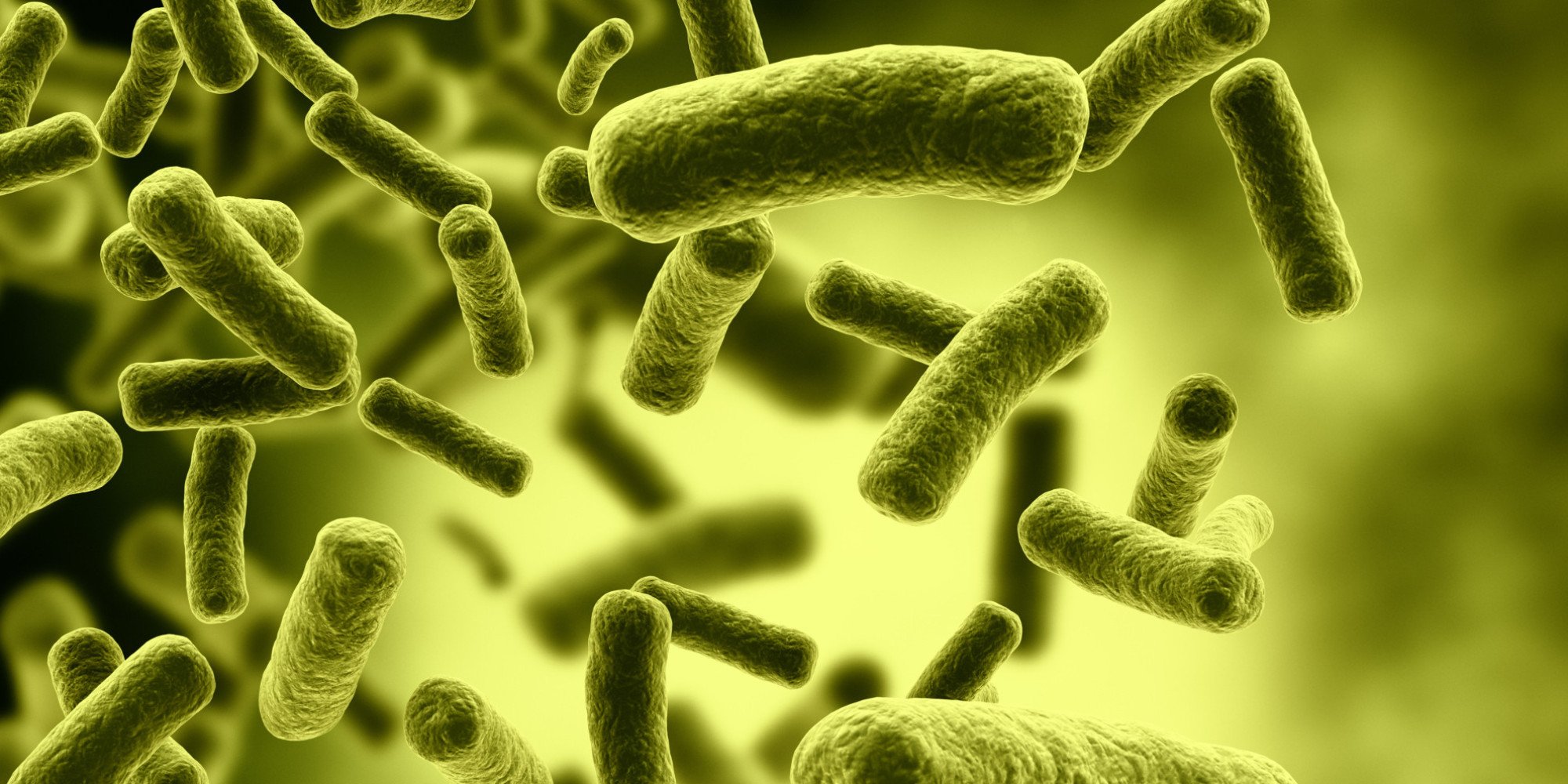
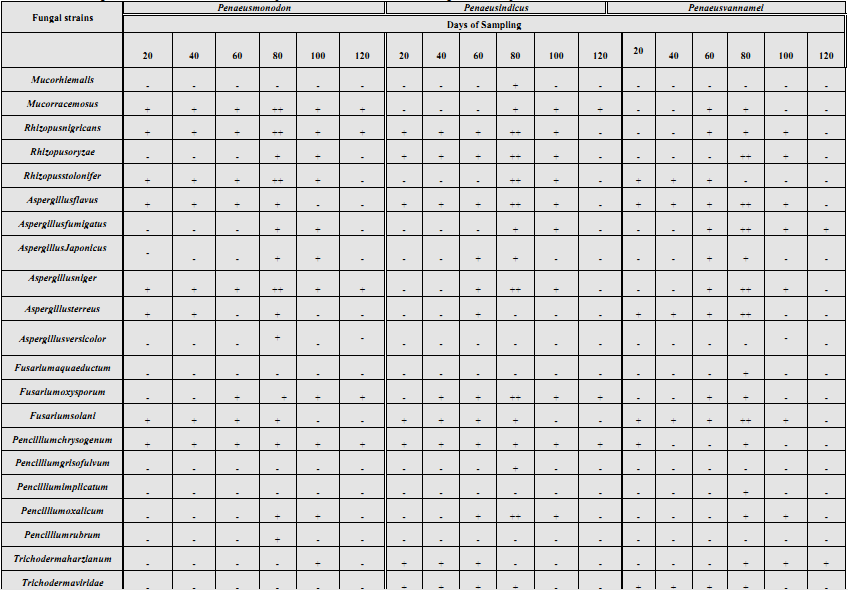
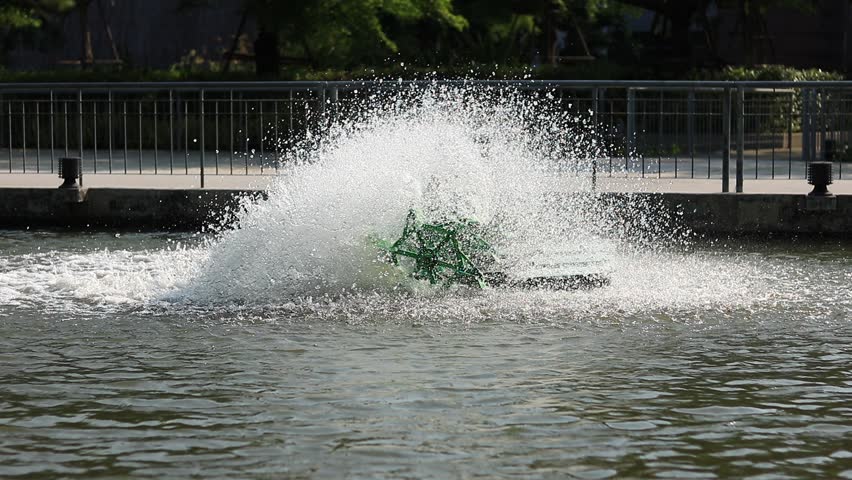
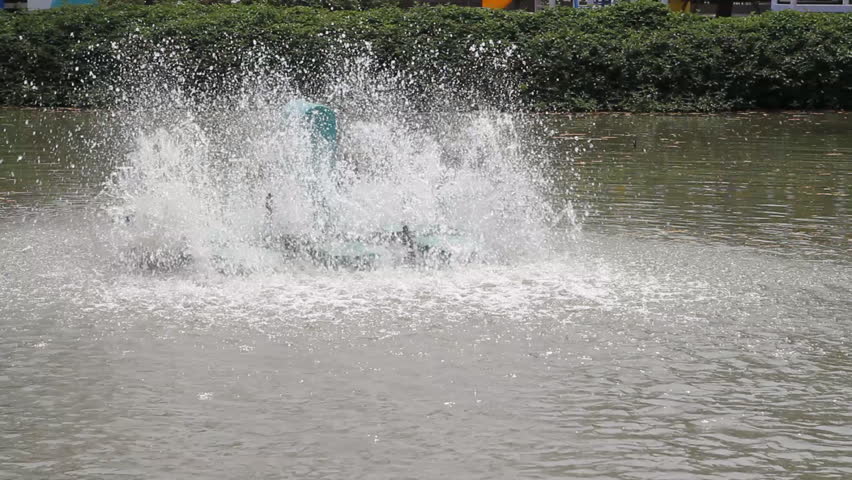
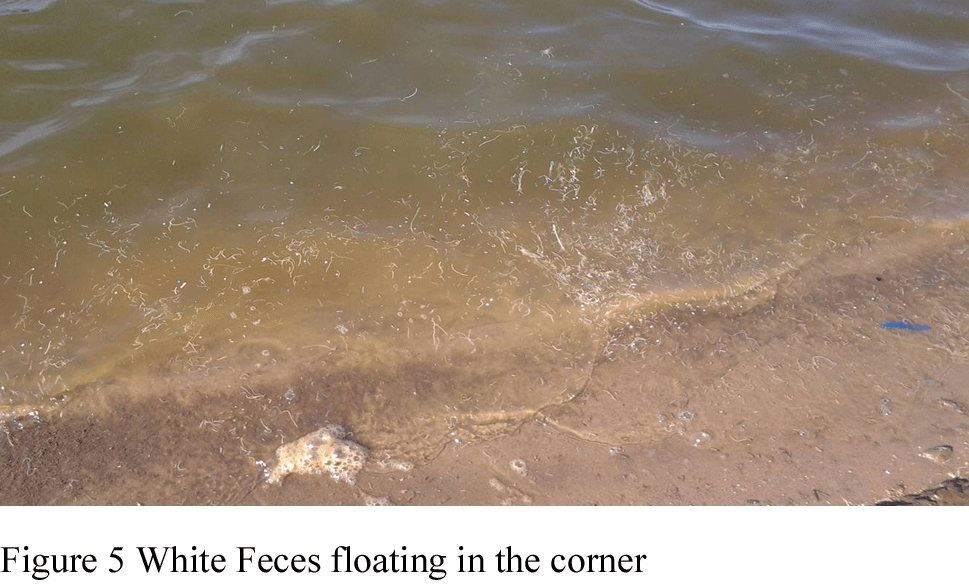
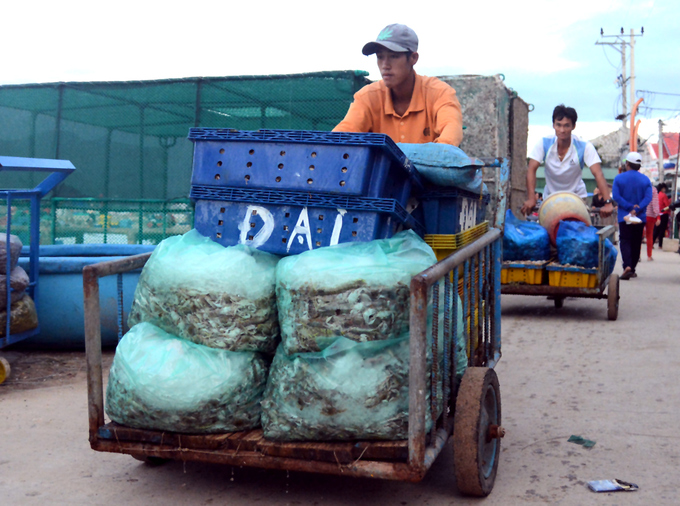

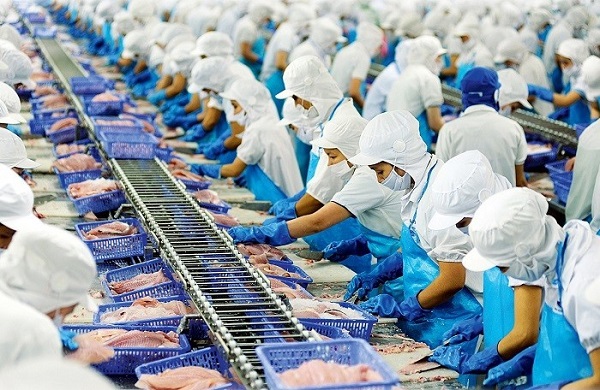

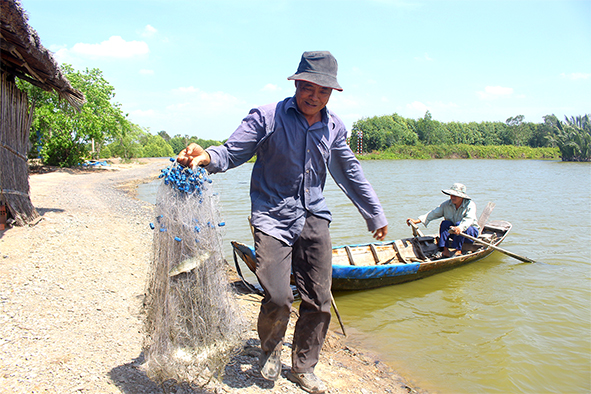
Bình luận bài viết